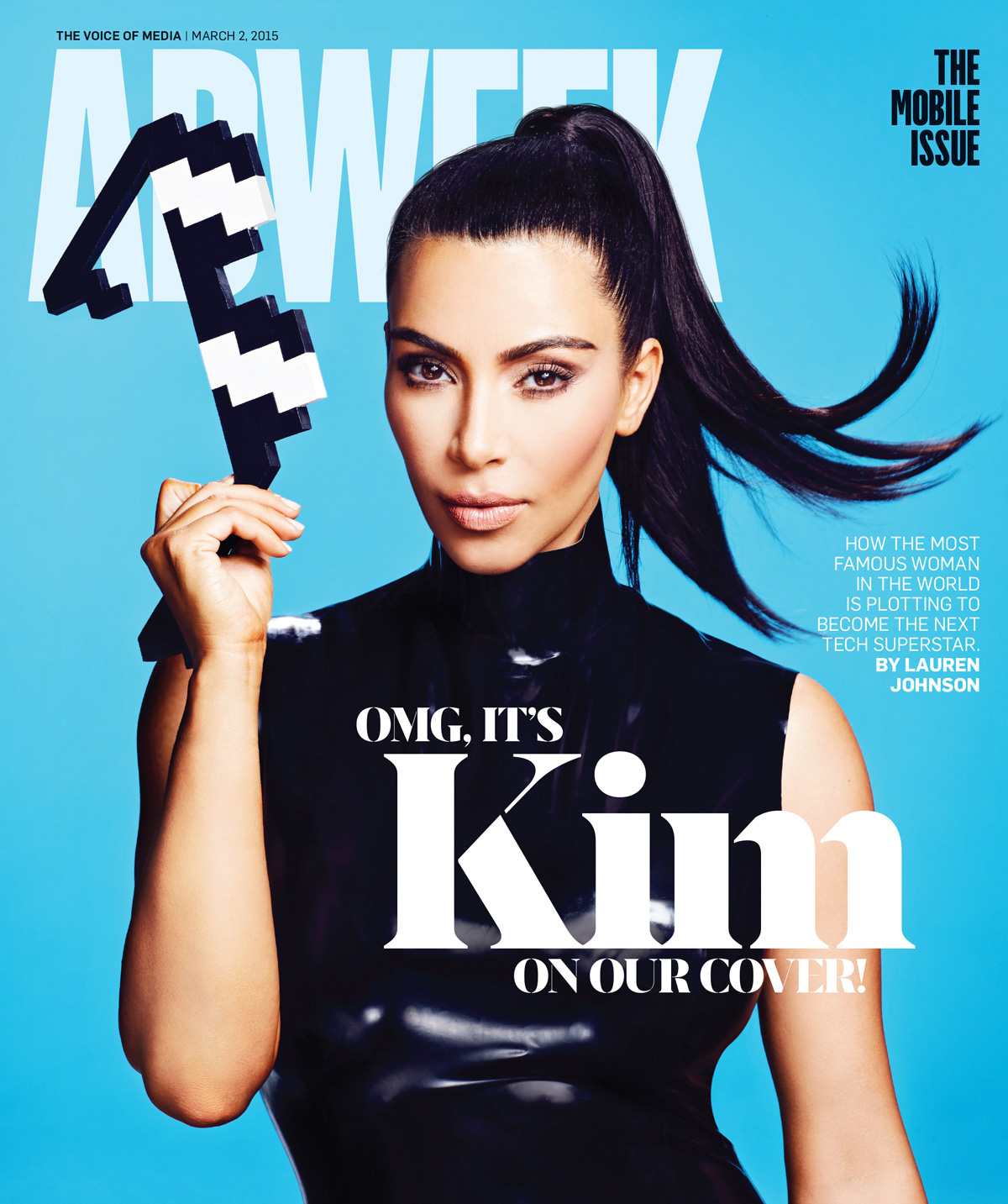Make sure to keep an eye out for these five social media marketing trends that are taking over the digital marketing world in the upcoming year.
Did you know that on an average, we scroll through at least 300 feet (90 meters) of content daily? Not every brand’s campaign grabs our attention. It is a difficult and competitive game, as brands are trying harder to grab our attention, while our attention span has been reduced to a mere eight seconds. Brand strategy in the coming years will try more than ever to connect with their audiences across a variety of social platforms. It becomes imperative that your campaign works, more so taking into account the speed of feed. We have curated a list of five trends that we believe will impact your social media strategy in 2018.
Adopt Chatbots
https://giphy.com/gifs/11FyVJOvLleR5S
Gone are the days when chatbots meant unresponsive, hilarious and outright ridiculous software. Today, chatbots can do a lot more than just solve customer issues or order pizza for you. Various studies state that 20% of business content could be machine generated by next year. When we teach machines how to create authentic and engaging stories, the potential for advertising and marketing will become multifold. Chatbots interact with the users and deliver the solutions that they are looking for at the speed of light. Bots are developing to become smarter and empathetic. This engagement feels personal, from the user’s perspective. Chatbots are definitely a must-try social media marketing strategy in 2018 for your business.
Momentary content makes for good engagement:
Snapchat was the early adopter of momentary content. Instagram and Facebook followed suit, owing to the huge popularity of Stories format in a short time. These content are ephemeral and disappear in 24 hours. Brands are creating a whole new digital marketing strategy for their momentary content marketing. Having your stories appear at the very top of your follower’s feed keeps your brand at the top of their mind. Many brands do a live story session with a subject matter expert. This helps the user look out for the brand more so as to not miss an informative session. Ephemeral content marketing strategy is something that you should try in 2018!
Augmented reality boom
Augmented reality blurs the line between reality and computer-generated content by enhancing what we see, and hear. The adoption of augmented reality on mobile phones is a quick and easy way for brands to reach their target audience. Many brands are taking their products right inside the homes of users through exclusive filters. IKEA has released an app called Place which allows users to preview how the furniture would look in their homes before they buy. As more people get warmed up to augmented reality, more people will start to feel like they are missing out on things and want to become a part of it. However, you would also have to check where your strategy fits. Make sure your AR adds value for the user and don’t simply create one for the sake of it.
Influencers are here to stay
Influencer marketing has grown so much over the last two years that the popularity has made it difficult to know whom to trust. Consumers expect genuine reviews from genuine influencers. Brands must seek to work with relevant influencers with industry background or knowledge. Viewers are already bored of seeing brands engage popular influencers who promote teeth whitening and a mobile phone app with the same vigor. In 2018, try and create worthwhile relationships with influencers and maintain them. Influencer marketing is going to become more authentic with brands moving to real experts instead of social influencers.
Make more videos
We are addicted to mobile phones, and we love our videos. In 2017, 90% of the most shared content on social media was in video format. If you are not using videos yet, you will have to quickly start using them and master the art of capturing the user’s attention in the first 3 seconds. Video is the quickest and the closest way you will come face to face with your target audience. As with everything, you need to have a clear strategy before creating a video. Taking advantage of Facebook Live and Instagram Live is also a smart strategy. Ensure that the video is of the highest quality and engaging. You will also have to consider making the best design and make sure to add subtitles to attract users when they are watching with sound off.
Have you listed your company in our Media Directory? It’s free! Everyone’s favourite price! Click here to do it now.


























